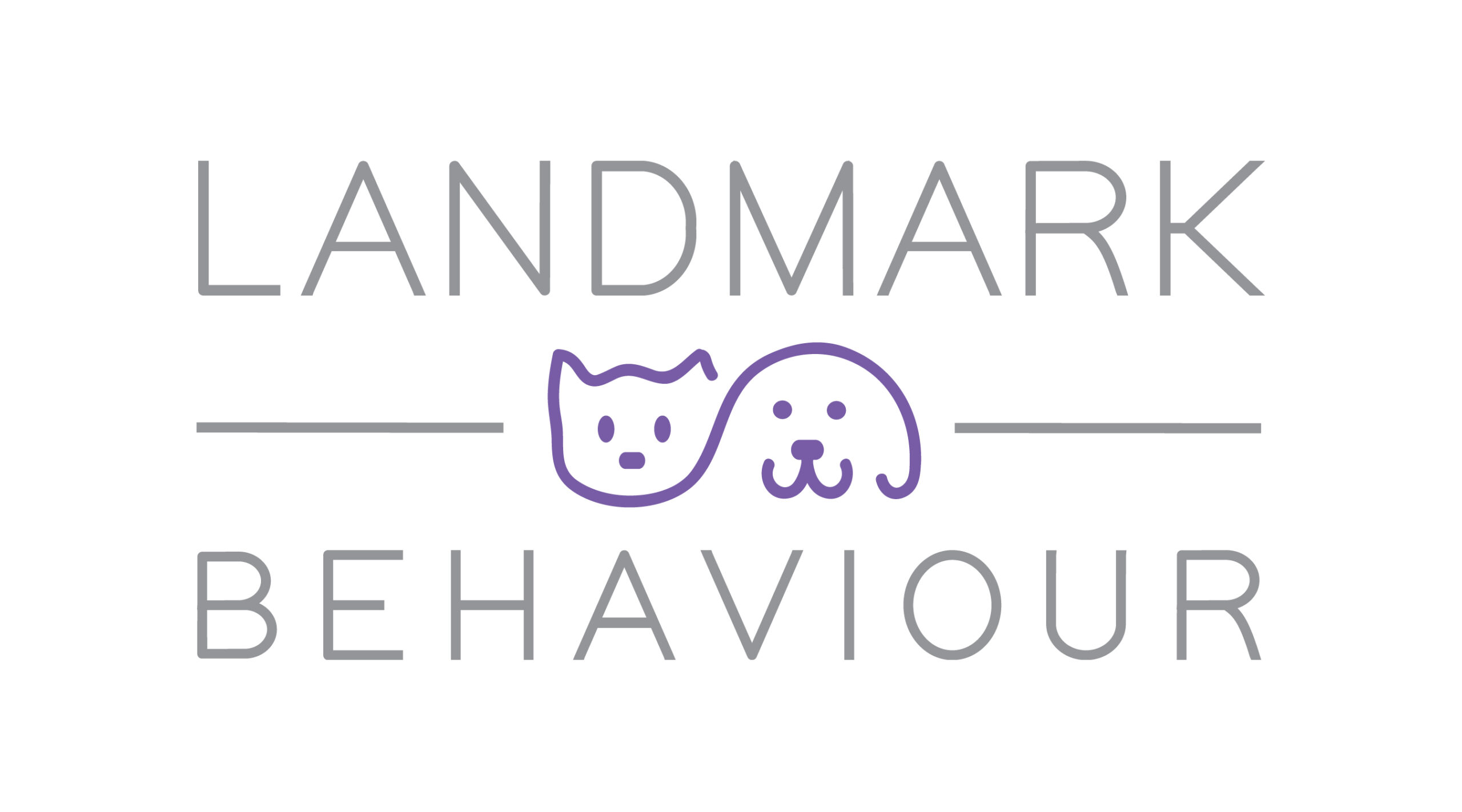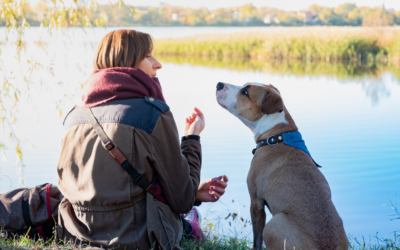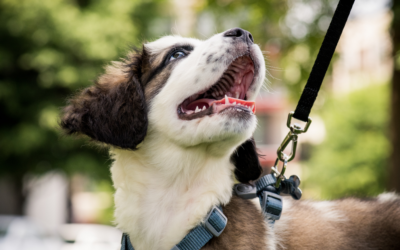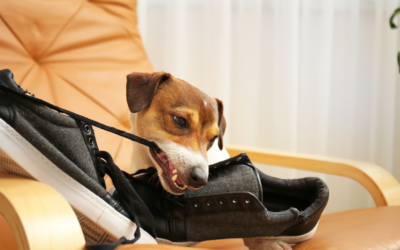Are you worried that your furry friend may be suffering from separation anxiety? Dogs are social animals, and being left alone can be a stressful experience for them. But how can you tell if your dog is experiencing separation anxiety or bored?
To help you find out, we've prepared a self-assessment quiz to shed light on your dog's behavior when you're away. Take a few minutes to answer the following questions and gain valuable insights into your dog's emotional welfare.
Understanding the Symptoms of Separation Anxiety
Before diving into the quiz, it's crucial to understand the symptoms of separation anxiety in dogs. Dogs with separation anxiety tend to display certain behaviors when left alone. These can include excessive barking, destructive chewing, house soiling, and attempts to escape. Additionally, they may show signs of restlessness or hyperactivity when anticipating the owner's departure. Knowing these signs will help you better evaluate your dog's condition.
Separation anxiety is a common behavioral issue that many dogs experience. It can be distressing for both the dog and the owner. When a dog has separation anxiety, they become highly anxious and stressed when left alone. This can lead to destructive behaviors and even be a safety concern for the dog, as they may try to escape or injure themselves in their panic.
Excessive barking is a common symptom of separation anxiety. When a dog is anxious about being alone, they may bark excessively to express their distress. This can be disruptive to neighbors and indicate that the dog is experiencing significant emotional distress.
Destructive chewing is another typical behavior seen in dogs with separation anxiety. When a dog is anxious, they may chew on furniture, shoes, or other household items. This behavior can be frustrating for owners and result in expensive damage to personal belongings.
House soiling is a particularly distressing symptom of separation anxiety. Dogs anxious about being left alone may urinate indoors, even if they are otherwise house-trained. This behavior is not due to a lack of training or a medical issue but rather a result of the dog's extreme anxiety. (However it's very important to first rule out any medical concerns!).
Attempts to escape are another common sign of separation anxiety. Dogs anxious about being alone may try to escape by scratching doors, windows, or in an area where they might be confined. This behavior can be dangerous for the dog, as they may injure themselves in their attempts to escape.
Restlessness and hyperactivity are also symptoms that can indicate separation anxiety. Dogs with separation anxiety may become restless or agitated when they sense that their owner is about to leave. They may pace, pant excessively, or exhibit other signs of anxiety. Hyperactivity when you come home can also signify separation anxiety, as some dogs may become overly excited when their owner returns home after being apart.
The Quiz: Assessing Your Dog's Separation Anxiety
Now, let's delve into the self-assessment quiz. Remember to answer each question honestly based on your observations of your dog's behavior:
- When you prepare to leave, does your dog show signs of distress (such as barking, pacing, or whining)?
- Does your dog follow you around the house and become anxious when you're about to go out?
- Does your dog exhibit destructive behavior, such as chewing furniture or digging when left alone?
- Does your dog urinate or defecate indoors, specifically when you're away?
- Does your dog excessively salivate or pant when you're not around?
- When you're out, does your dog display escape attempts, like scratching doors or windows?
- Does your dog exhibit excessive excitement or hyperactivity when you return home?
Each question is designed to evaluate a specific behavior associated with separation anxiety. Take a moment to answer each based on your dog's behavior patterns.
How to Use the Quiz Results
After completing the self-assessment quiz, it's time to interpret the results. Based on your answers, you will be able to determine the likelihood of your dog suffering from separation anxiety:
- If you answered “yes” to most of the questions, your dog may have separation anxiety.
- If your answers were evenly split between “yes” and “no,” it's essential to consult a behaviorist or veterinarian to help determine your dog's level of anxiety.
- If you answered “no” to most of the questions, it's less likely that your dog has separation anxiety. However, monitoring their behavior and seeking professional advice if necessary is still essential.
Remember, this quiz is not a substitute for professional diagnosis, so it's best to consult an expert to develop an appropriate treatment plan for your dog.
Separation anxiety can be a challenging issue to address. Still, with the right guidance and support, it is possible to help your dog overcome their anxiety and feel more comfortable when left alone. Working with a professional can provide you with the tools and techniques to help your dog manage their anxiety and develop a sense of security and confidence.
It's important to remember that each dog is unique, and what works for one may not work for another. A professional can assess your dog's specific needs and create a customized treatment plan tailored to their situation. This may include behavior modification techniques, desensitization exercises, and potentially medication use.
Additionally, implementing strategies to help your dog feel more secure when left alone can be beneficial. This can include creating a safe and comfortable space for them, providing engaging toys or puzzles to keep them occupied, and gradually increasing the time they are left alone to help them build confidence and independence.
Remember, patience and consistency are key when addressing separation anxiety. It may take time for your dog to overcome their anxiety, but with your support and professional guidance, they can learn to feel more at ease when left alone.

Next Steps
Once you have determined that your dog is indeed experiencing separation anxiety, it's essential to take appropriate steps to address their condition. Here are some recommended actions:
- Consult a veterinarian or behaviorist to confirm and create a tailored treatment plan.
- Consider behavior modification techniques like desensitization and counterconditioning to help your dog become more comfortable when left alone.
- Implement changes in your daily routine and environment to reduce your dog's anxiety. This may include providing interactive toys, creating a safe space, or using calming aids like pheromone diffusers.
- Explore medication options with your veterinarian, as they can prescribe anti-anxiety medication to help manage your dog's separation anxiety.
Remember, treating separation anxiety requires patience and consistency. It may take time for your dog to overcome their fears, so be prepared to provide ongoing support and love.
When consulting with a veterinarian or behaviorist, you must provide them with a detailed history of your dog's behavior. This will help them understand the severity and frequency of the separation anxiety episodes. They may also ask about recent changes in your dog's environment or routine that could have triggered the anxiety.
Behavior modification techniques like desensitization and counterconditioning involve gradually exposing your dog to the situations that trigger their anxiety. For example, if your dog becomes anxious when you leave the house, you can start by practicing short departures and gradually increasing the duration. This helps your dog build confidence and learn that being alone is not always a negative experience. This is a slow process as you want to prevent any form of anxiety while working gradually to get them more comfortable.
In addition to behavior modification, creating a safe and comfortable environment for your dog is crucial. Providing interactive toys, such as puzzle feeders or treat-dispensing toys, can keep your dog mentally stimulated. Designating a specific area in your home as a safe space, with a cozy bed and familiar scents, can also help alleviate anxiety.
Calming aids like pheromone diffusers can be beneficial for some dogs in reducing separation anxiety. These diffusers release synthetic pheromones that mimic the natural calming scents produced by mother dogs. The pheromones help create a sense of security and relaxation for your dog, making them feel more at ease when left alone.
When exploring medication options, it's important to work closely with your veterinarian. They will assess your dog's overall health and determine if medication is necessary. Anti-anxiety medications can help manage the symptoms of separation anxiety, but they should always be used in conjunction with behavior modification techniques and under the guidance of a professional.
Remember, treating separation anxiety is a journey that requires patience and consistency. It's essential to provide ongoing support to your dog throughout the process. Celebrate small victories and be understanding of setbacks. With time and the right approach, your dog can overcome separation anxiety and lead a happier, more relaxed life.
Preventive Measures for Separation Anxiety
Prevention is always better than cure, and the same principle applies to separation anxiety in dogs. If you have a new puppy or are considering getting a dog, here are some preventive measures you can take:
- Gradually introduce your dog to being alone by starting with short periods and gradually increasing the time.
- Provide mental and physical stimulation through regular exercise, interactive toys, and training sessions to keep your dog engaged and mentally stimulated.
- Practice leaving and returning home calmly to avoid reinforcing anxious behaviors.
- Avoid making a big fuss when leaving or returning home, as this can create a sense of anxiety for your dog.
Implementing these preventive measures early can significantly reduce the risk of your dog developing separation anxiety.
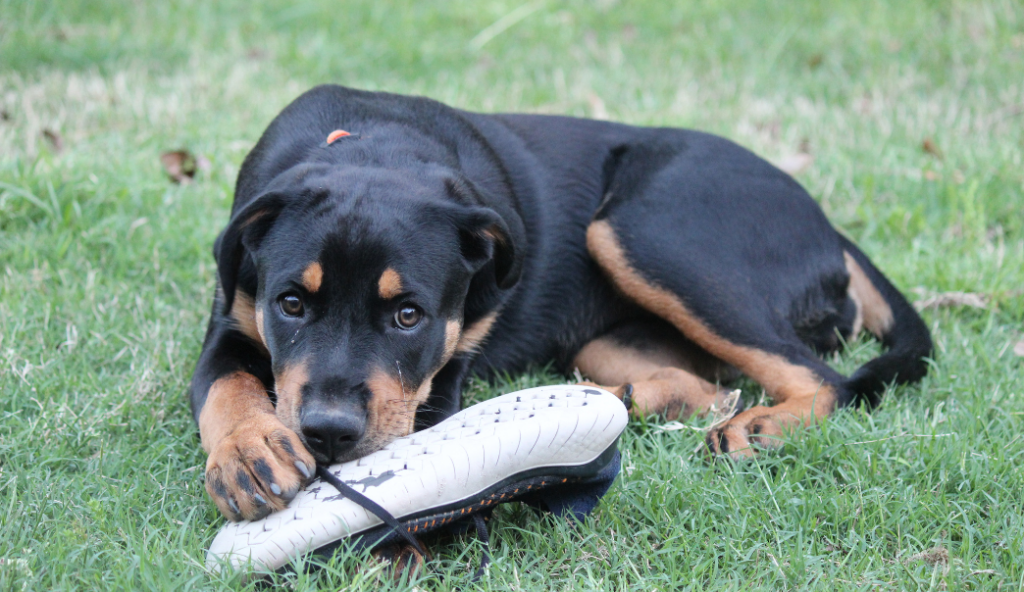
Support and Resources for Owners
Caring for a dog with separation anxiety can be challenging, but you don't have to face it alone. Fortunately, there are ample resources and support available to help you navigate this journey:
- Join online communities and forums where you can connect with other dog owners who have experienced separation anxiety in their pets.
- Seek guidance from professional dog trainers that specialize in that area, certified applied animal behaviorists, and veterinarians or veterinary behaviorists who specialize in separation anxiety.
- Stay informed about the latest research, articles, and books on separation anxiety in dogs to gain additional insights and strategies.
Remember, with the proper support and resources, you can help your furry friend overcome their separation anxiety and create a happier, more fulfilling life for both of you.
